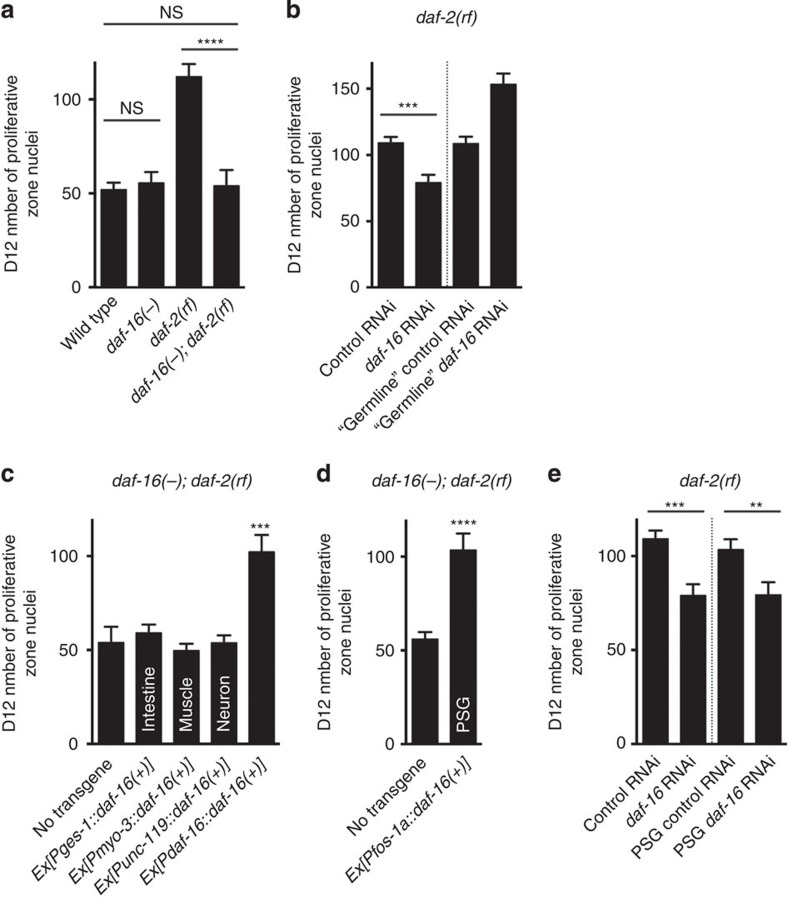Figure 2. Proximal somatic gonad (PSG) DAF-16/FOXO activity maintains germline progenitors.
Average number of proliferative zone nuclei in D12 (a) wild-type, daf-16(−), daf-2(rf) and daf-16(−); daf-2(rf) animals, (b) daf-2(rf) and rrf-1(−); daf-2(rf) animals treated with control and daf-16 RNAi, (c) daf-16(−); daf-2(rf) and daf-16(−); daf-2(rf) animals carrying a transgene expressing gfp::daf-16(+) from the ges-1, myo-3, unc-119 and daf-16 promoters, respectively, (d) daf-16(−); daf-2(rf) and daf-16(−); daf-2(rf) animals carrying a transgene expressing gfp::daf-16(+) from the fos-1a promoter, (e) daf-2(rf) and daf-2(rf); rde-1(−); Is[Pfos-1a::rde-1(+)] animals treated with control and daf-16 RNAi. (b) Note that due to the germline-autonomous requirement for daf-2 in larval progenitor accumulation (which is daf-16 dependent), ‘germline' daf-16 RNAi animals start with more progenitors on D1 and, therefore, are left with more germline progenitors on D12 than the RNAi control (see Supplementary Fig. 3). The decline between D1 and D12 is similar for ‘germline' control and daf-16 RNAi. (c,d) In all cases, daf-16(+) encodes DAF-16 isoform a1. Label on the bar indicates the tissue that expresses the transgene. Error bar indicates s.e.m.; NS, P>0.05; **P<0.01; ***P<0.001; ****P<0.0001 by two-tailed Student's t-test. Alleles used: daf-2(e1370), daf-16(mu86) (in a,c), daf-16(m26) (in d), rrf-1(pk1417) and rde-1(ne219). See Supplementary Table 3 for complete genotypes and data. NS, not significant.

